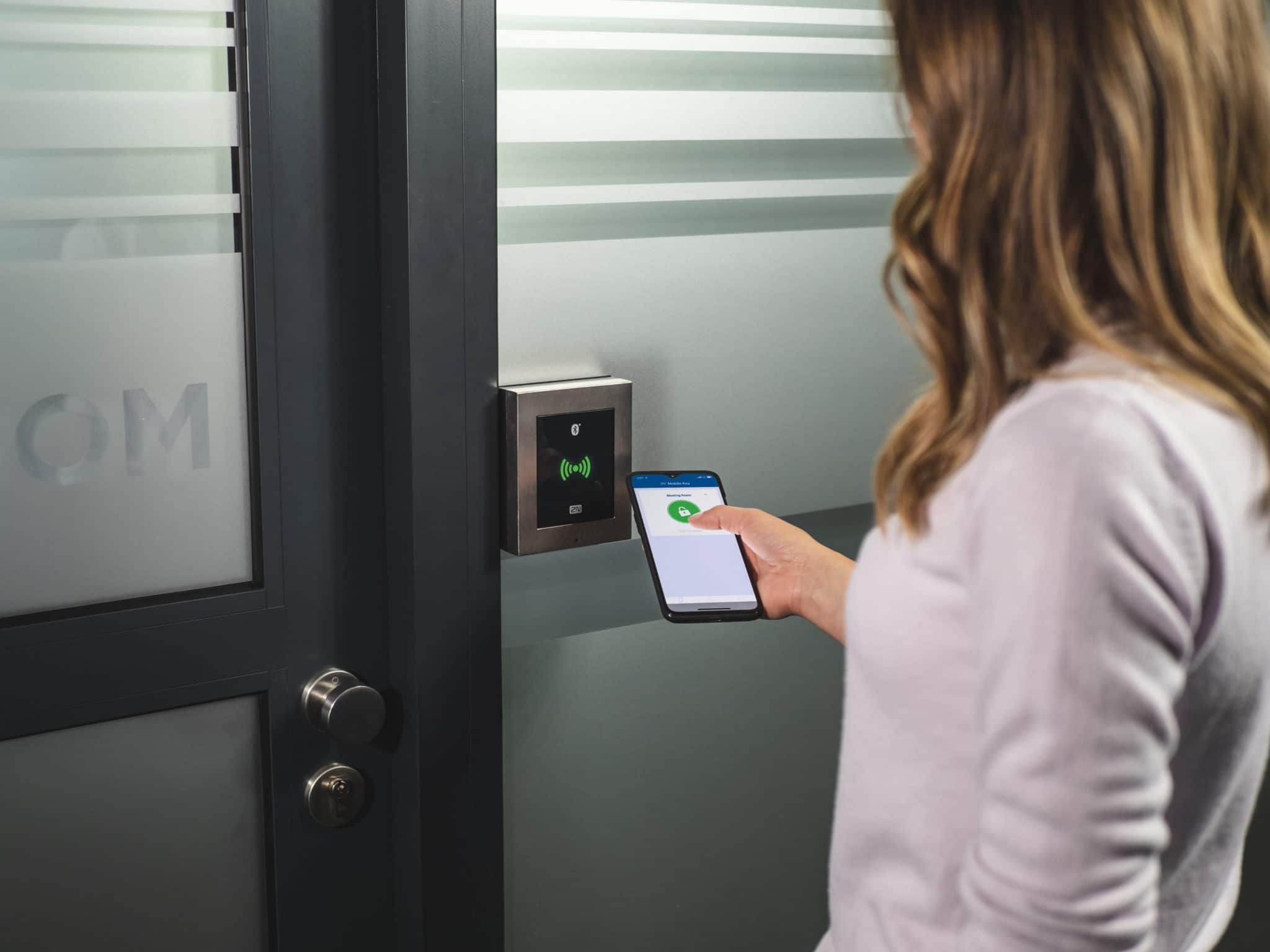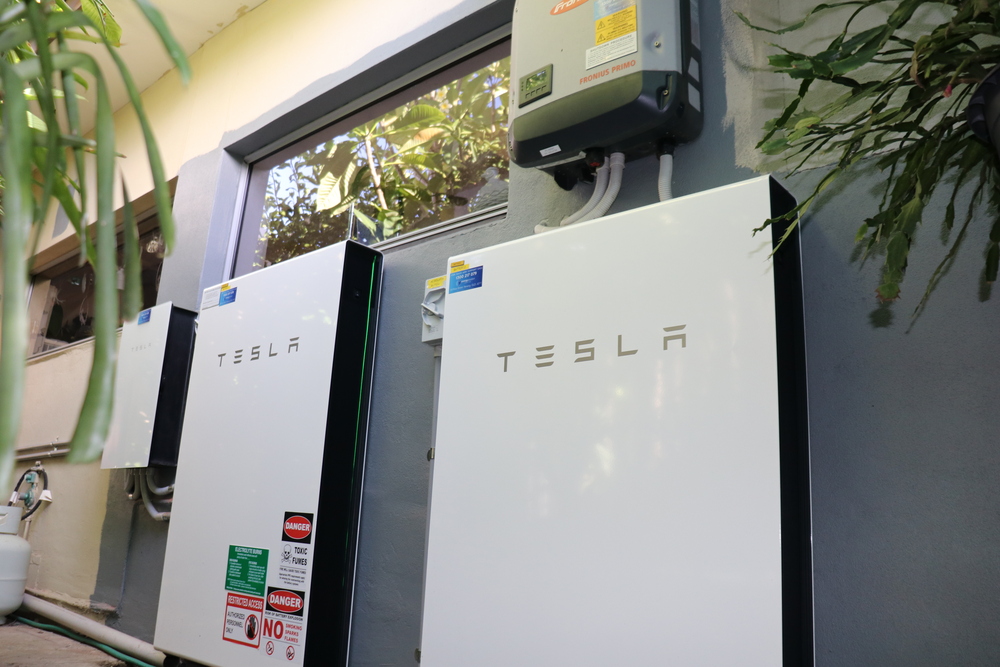Access control is a necessary security feature for homes and businesses, but traditional methods can be costly, inefficient, and burdensome. Modern systems, including mobile access control, have redefined how businesses and property owners manage access. Convenience is a primary advantage, but these systems also deliver financial benefits by reducing upfront costs, making operations run smoothly, and minimizing ongoing expenses.
The Hidden Costs of Traditional Access Control
Traditional access methods, such as physical keys, fobs, or standalone card systems, might seem straightforward but often involve considerable hidden costs. These include:
- Hardware Replacement: Physical keys can be lost or stolen, necessitating replacements and causing major inconvenience. Locks may need to be rekeyed or changed, which can be expensive, especially for larger properties or businesses.
- Manual Management: Traditional systems require significant time and effort to administer. Tasks like issuing keys, managing access schedules, or revoking permissions are labor-intensive and prone to error.
- Limited Scalability: As businesses or communities grow, upgrading traditional systems often means replacing outdated hardware, leading to high capital expenditure.
In contrast, modern digital solutions eliminate many challenges, offering long-term savings.
How Mobile Access Control Reduces Expenses
Mobile access control is a game-changer for cost efficiency. These systems use smartphones or digital credentials to grant or revoke access. Here’s how they save money:
- Eliminating Physical Key Management: Without physical keys or fobs, replacement and duplication costs vanish. This is especially valuable for environments where access is frequently changing, such as coworking spaces or rental properties.
- Remote Management: Administrators can grant or revoke access remotely through software. This saves time and money by eliminating the need for on-site staff to handle access-related issues.
- Reduced Maintenance Costs: Digital systems require minimal hardware. Since credentials are stored on a user’s device, there is less wear and tear compared to traditional systems.
Imagine a small business with multiple locations. Managing access with traditional keys could mean costly rekeying and manual coordination across sites. A mobile access system allows central management through a single platform, significantly cutting down on operational costs.
The Role of Access Control Integration in Financial Savings
Modern systems excel because they digitize access and because of their ability to integrate with other technologies. Access control integration connects access systems with tools like building management software, security cameras, and even payment platforms. The financial advantages of integration include:
- Streamlined Operations: Integration allows access data to flow easily between systems. For example, a business can synchronize employee schedules with access permissions, ensuring no resources are wasted on manual updates.
- Enhanced Security: Integrated systems detect anomalies more effectively, preventing costly breaches or unauthorized access. Automated alerts and detailed logs help property owners respond faster to issues, reducing potential financial losses.
- Energy Savings: Businesses can optimize energy use by integrating access control with building management systems. For instance, lights and HVAC systems can be programmed to activate only when spaces are in use, lowering utility bills.
Real-World Financial Impact
Say a homeowner association (HOA) oversees multiple residential buildings. Using traditional access systems, the HOA faces frequent costs for lost keys and time spent on manual record-keeping. Switching to mobile access systems allows residents to manage entry via smartphones, eliminating these recurring expenses. When integrated with a video intercom system, the HOA can further enhance security without needing additional staff, achieving long-term savings.
Similarly, a small business that integrates access control with payroll systems can automate clock-ins and monitor hours worked more accurately. This can save administrative time and ensure employees are compensated fairly, reducing the risk of disputes.
One-Time Costs vs. Long-Term Savings
Although the initial investment for modern access systems can appear higher than traditional methods, the long-term savings outweigh these upfront expenses. Modern systems reduce:
- Hardware Replacement Costs: With digital credentials, there’s no need for physical components that can wear out or get lost.
- Administrative Labor: Automation reduces time spent managing access, freeing up resources for more strategic tasks.
- Security Risks: Enhanced monitoring and control reduce the likelihood of financial losses from breaches or theft.
Investing in Smarter Systems
Modern access solutions are not just about improving convenience, as they also offer tangible financial benefits. By reducing hardware costs, streamlining operations, and preventing security incidents, these systems help homeowners, businesses, and HOAs save money over time.









